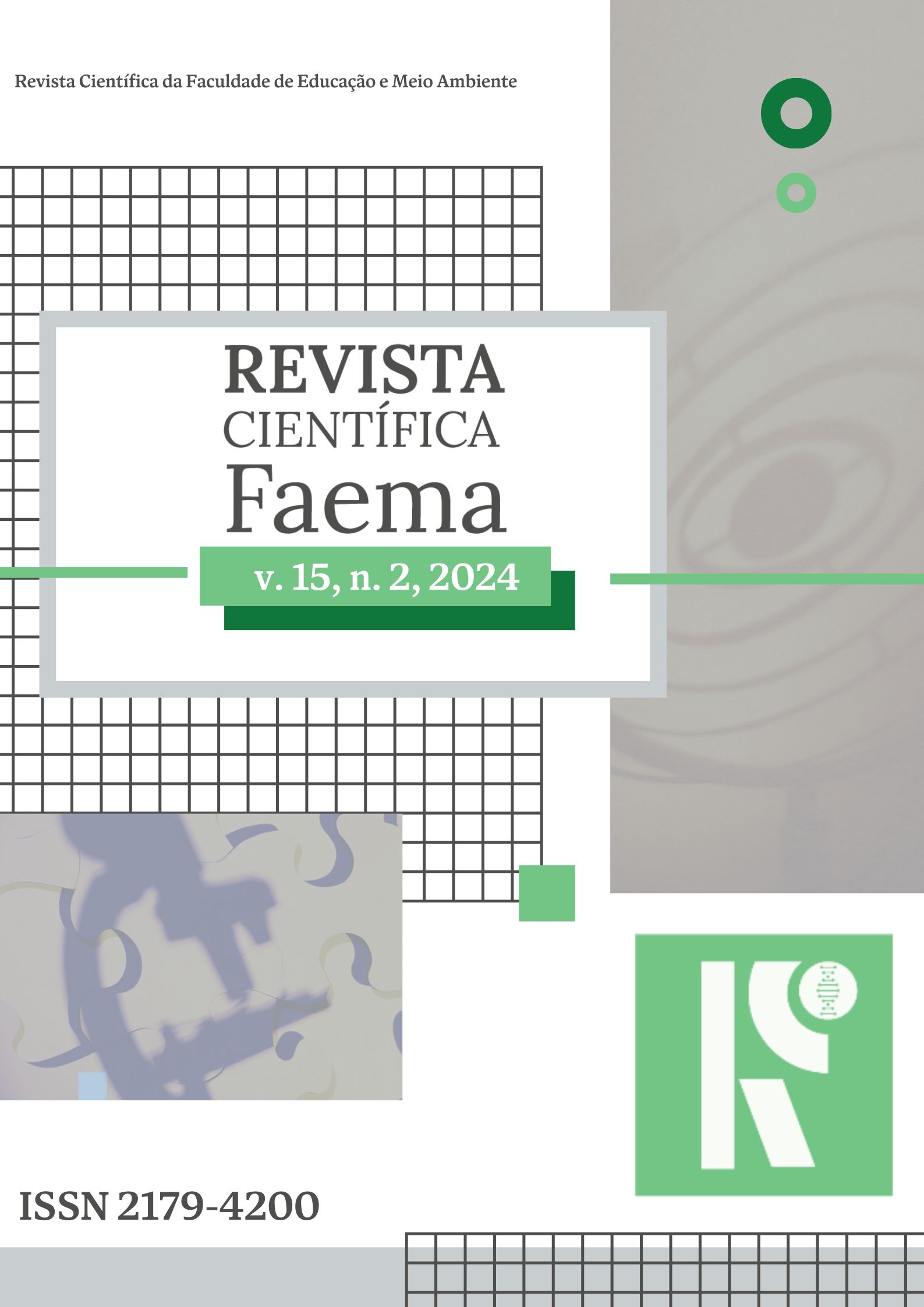PHYSIOLOGICAL QUALITY OF JURUBEBA SEEDS AT DIFFERENT MATURATION STAGES
Conteúdo do artigo principal
Resumo
When seeds reach their point of physiological maturity, they are ready to express their maximum vigor potential. For this reason, seed quality analyses, such as germination and vigor tests, are essential for providing information that enables the selection of the best batches for commercial purposes. Due to its economic potential and cultural value, studies on the physiological quality of Jurubeba seeds are of fundamental importance. This research aims to evaluate the physiological quality of Jurubeba seeds based on three stages of fruit development: green, ripe, and senescent. It also seeks to determine the method that stands out for overcoming seed dormancy. The experiment was conducted at UNEMAT's Seeds and Ornamental Plants Laboratory. Dormancy was overcome using the following treatments: untreated seeds; gibberellic acid and chemical scarification with sulphuric acid. The experiment was conducted in a completely randomized design (CRD) with a 3x3 factorial scheme, comprising three stages of fruit maturation and three methods for overcoming seed dormancy. The comparison of means was performed using the Tukey test at a 5% probability level. It can be concluded that the mature stage showed higher germination rates, regardless of the method used to overcome dormancy. The methods of overcoming dormancy behaved differently within each stage of ripeness, with gibberellin being the one that showed consistently higher rates.


